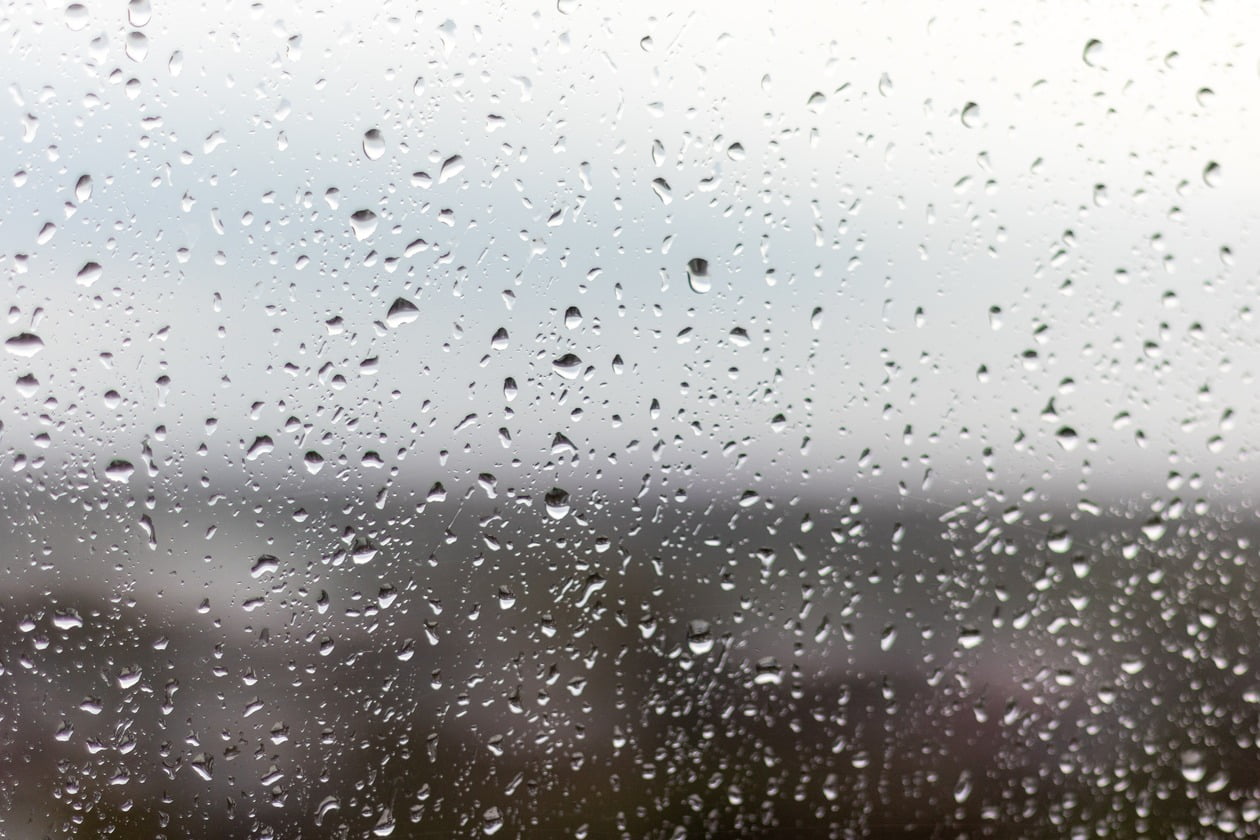Pouring a new concrete driveway, patio, or foundation is an exciting home improvement project. However, the weather can throw a wrench in your plans, leaving you wondering: “Will rain affect new concrete?”
Understanding the impact of rain on fresh concrete is crucial for both homeowners and contractors to ensure a successful and long-lasting installation. This comprehensive guide sheds light on the potential risks associated with rain on new concrete, explores preventive measures, and offers valuable tips for protecting your investment and achieving a flawless finish, rain or shine.
Table of Contents:
- Understanding the Vulnerability: Freshly Poured Concrete Exposed
- Best Practices for Rain-Resistant Concrete
- Advanced Techniques for Extreme Weather
- Conclusion
Understanding the Vulnerability: Freshly Poured Concrete Exposed
Concrete hardens through a delicate chemical reaction requiring precise moisture balance. Rain during this crucial setting time disrupts this process, potentially compromising structural integrity and long-term durability. Let’s explore how rain disrupts the setting and the potential consequences:
Setting Time Disruption
The initial hours after pouring are crucial for concrete to set properly. This involves a delicate chemical process that rain can disrupt. Excess water disrupts the balance between cement, water, and aggregates, potentially compromising the concrete’s structural integrity and lifespan.
Surface Issues
Curing, another critical phase, requires optimal moisture levels. Rain can interfere, causing:
Uneven Drying
Rainwater can create an uneven distribution of moisture, leading to variations in strength and finish, compromising the overall integrity of the concrete.
Dilution of Concrete Mixture
Excessive rainwater can infiltrate the freshly poured concrete, diluting the mixture. The added water disrupts the carefully calculated ratio of cement, aggregates, and water, potentially weakening the overall composition. This dilution effect may lead to reduced compressive strength and durability over time.
Delayed Setting Time
Rainwater increases water content, slowing down the hardening process and causing potential delays in construction projects.
Efflorescence Formation
Rainwater can trigger reactions between salts and water, leading to efflorescence, a white deposit that mars the appearance and may indicate deeper durability concerns.
Protective Measures
Fortunately, you can take steps to mitigate the negative effects of rain on your new concrete:
Covering Strategies
Use impermeable materials like plastic sheets or tarps to shield the surface from rain. This creates a consistent curing environment and minimizes the risk of surface imperfections.
Prompt Removal of Excess Water
If rain accumulates, quickly remove it using squeegees or other tools. This prevents prolonged exposure and maintains the integrity of the curing process.
Implementing Absorptive Materials
Integrate materials like curing blankets or wet burlap to manage moisture levels. These materials help maintain necessary moisture while preventing surface water accumulation.
Best Practices for Rain-Resistant Concrete
Choosing the Right Mix
Consider incorporating water-reducing admixtures or waterproofing agents into the concrete mix. These additives help reduce the water content, making the concrete less susceptible to the negative effects of rain. This not only enhances rain resistance but also improves overall strength and durability.
Timely Protection
Tarpaulins and Plastic Covers
Promptly covering the concrete with tarpaulins or plastic sheets after pouring shields it from unexpected rain. This precautionary measure prevents water infiltration and ensures a smooth, consistent curing process.
Monitor Weather Forecast
Stay ahead of potential rain by monitoring weather forecasts. Planning concrete pours during dry weather windows reduces the risk of rain-induced damage and guarantees optimal conditions for curing.
Advanced Techniques for Extreme Weather
While the previous tips are helpful for most situations, extreme weather conditions might necessitate additional measures:
Rapid Set Concrete
For urgent projects or unpredictable weather, consider rapid-setting concrete mixes. These harden faster, minimizing the window of vulnerability to rain.
Heated Concrete
In colder climates, heated concrete mixes can accelerate the setting process and reduce the risk of rain damage.
Professional Expertise
For complex projects with extreme weather concerns, consulting with a concrete specialist is highly recommended. They can assess the specific situation and recommend the most effective strategies for achieving a successful and rain-resistant concrete pour.
Conclusion
While rain can pose challenges, understanding its impact and taking preventative steps helps ensure your new concrete thrives. This guide equips you with the knowledge and practical tips to navigate potential weather concerns. Remember, every project is unique, and specific solutions might be necessary. For tailored advice and expert recommendations, reach out to the experienced team at Ener-Spray. We specialize in understanding your unique needs and developing customized solutions for a worry-free, rain-resistant concrete project.
